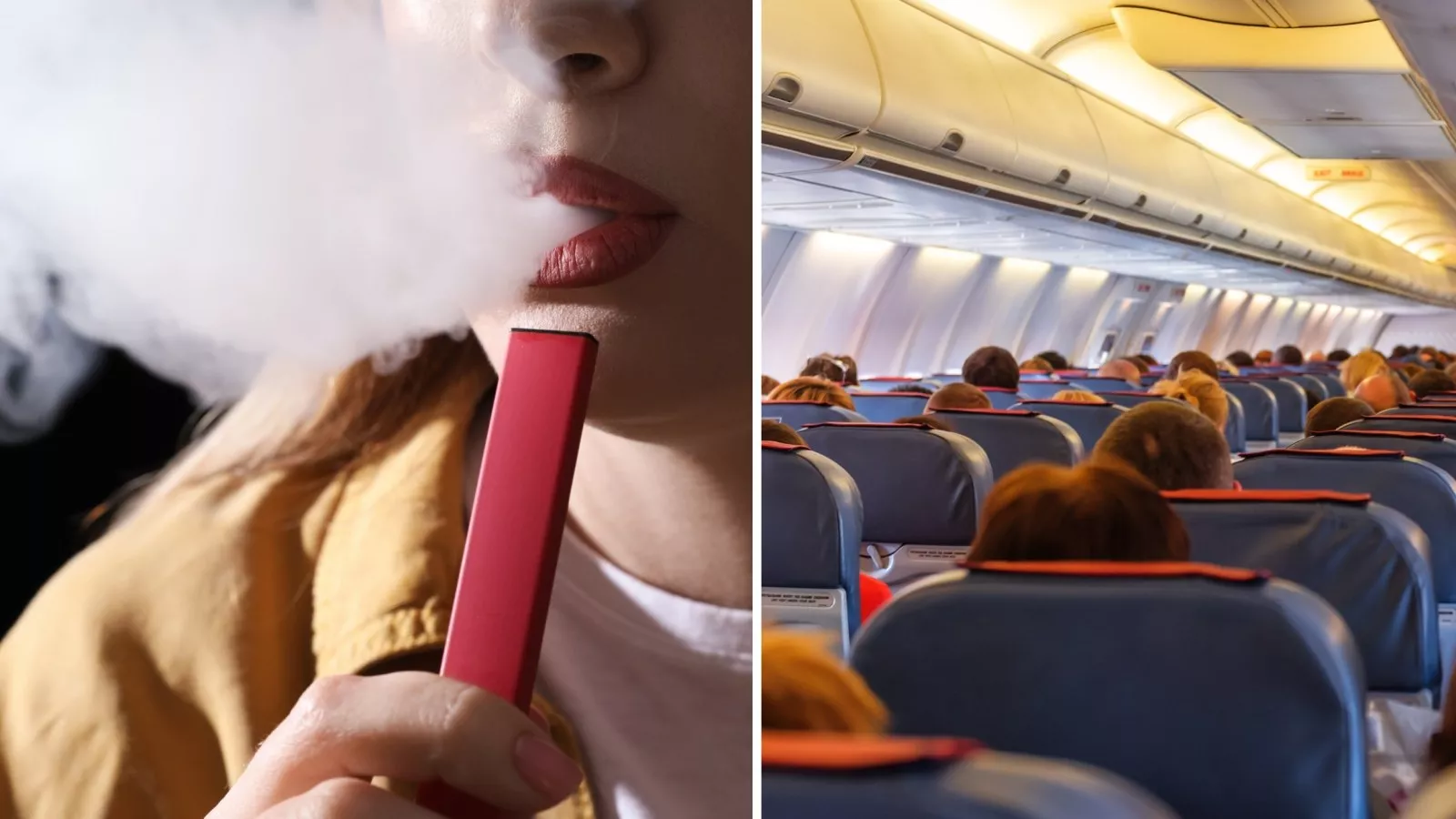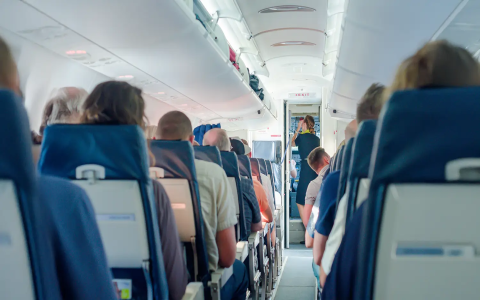Travelers can typically bring electronic cigarettes (e-cigarettes) and vaping devices onto airplanes, but only in carry-on baggage, with strict adherence to aviation regulations. Key rules vary by airline, but core international guidelines from organizations like IATA apply.
Carrying E-Cigarettes: Rules and Restrictions
All airlines prohibit e-cigarettes in checked luggage due to fire risks from lithium batteries. Devices must be stored in carry-on bags only. Specific requirements include:

- Lithium Battery Safety: Batteries must remain installed in the device or protected in original packaging to prevent short circuits. Spare batteries are limited to carry-on, with quantity restrictions per airline.
- E-Liquid Rules: All vape liquids must comply with the liquid carry-on policy—containers under 100ml (3.4 oz) each, sealed in a clear, quart-sized bag.
Prohibitions on In-Flight Use
Using e-cigarettes onboard any aircraft is strictly banned globally. This includes smoking or vaping in lavatories. Violations can lead to fines and flight disruptions.
Recommendations for Air Travel
Always verify your airline’s policy before departure, as rules can differ. Pack devices securely to avoid accidental activation.









